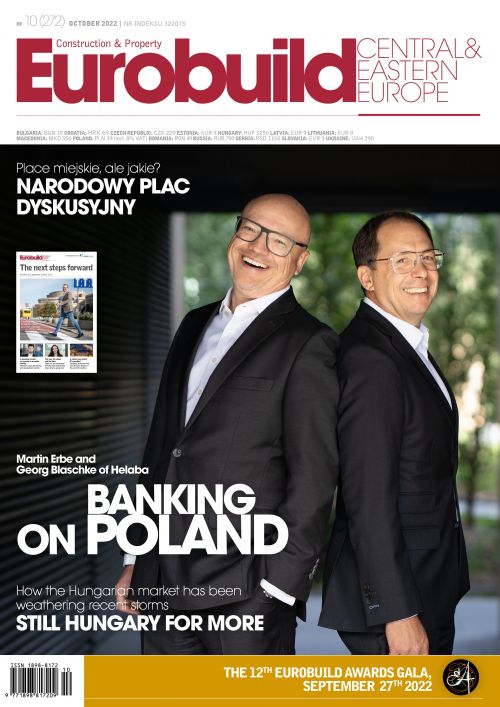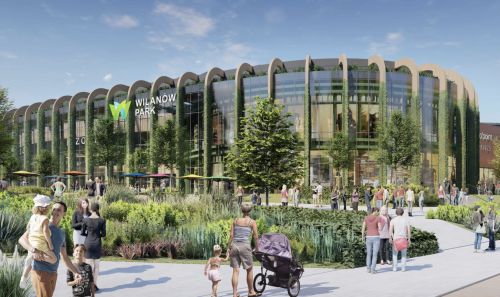The total modern office stock in Budapest now amounts to 4,093,250 sqm, according to the Budapest Research Forum, comprising 3,398,770 sqm of ‘A’ and ‘B’ class multi-tenanted office space as well as 694,480 sqm of owner-occupied space. In the second quarter of 2022, two new office buildings were delivered to the market with a total of 30,750 sqm. These were the new owner-occupied OTP HQ building (28,000 sqm) and Paulay 52 (2,750 sqm). The office vacancy rate rose to 9.9 pct, up by 0.1 pps quarter-on-quarter and year-on-year. The lowest vacancy was recorded in North Buda at 4.4 pct, whereas the highest vacancy rate remained in the Periphery sub-market at 31.4 pct. Net absorption remained positive by the end of the second quarter, amounting to 33,720 sqm. Total demand reached 108,020 sqm in Q2 2022, representing a 10.2 pct increase y-o-y. New leases accounted for the largest share of total leasing activity at 32 pct, followed by lease renewals with 27 pct. Expansi































































